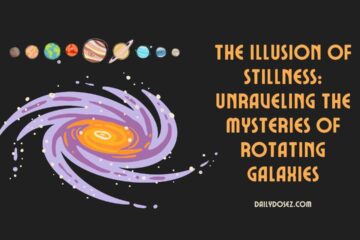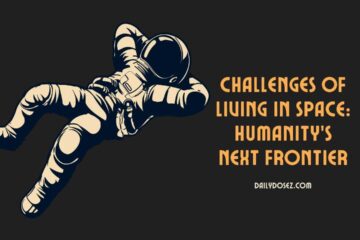The question of whether there exists a center of the universe has intrigued humanity for millennia. Philosophers, astronomers, and cosmologists have grappled with this enigmatic query, seeking to comprehend the fundamental fabric of the cosmos. While our understanding of the universe has grown exponentially over time, the quest to pinpoint a precise center remains elusive.
In this article, we will delve into the fascinating exploration of cosmic structure and discuss the current scientific understanding regarding the existence, or lack thereof, of a center of the universe.
The Ancient Notions of a Geocentric Universe
Throughout much of human history, the geocentric model prevailed as the prevailing cosmological paradigm. Ancient civilizations, such as the Greeks and Egyptians, believed that Earth occupied the central position of the cosmos, with celestial bodies and stars revolving around it. This concept offered a sense of order and purpose, with Earth being the focal point of the grand celestial dance.
However, as our knowledge of astronomy deepened, the geocentric model gave way to the heliocentric model proposed by Nicolaus Copernicus in the 16th century. This revolutionary idea placed the Sun at the center of the solar system, expanding our perception of the universe and sparking further curiosity about its overall structure.
The Expanding Universe and Cosmic Microwave Background
The 20th century marked a significant turning point in cosmology with the groundbreaking discovery that the universe is expanding. Astronomer Edwin Hubble’s observations of distant galaxies revealed that they were receding from us, suggesting that the universe was not static but constantly stretching outwards. This concept led to the formulation of the Big Bang theory, which posits that the universe originated from a singular, infinitely dense point around 13.8 billion years ago.
According to the Big Bang theory, the universe has been expanding ever since its inception, making it challenging to identify a fixed center. Imagine a balloon being inflated; every point on its surface moves away from every other point, and there is no central spot that serves as the “center” of the balloon’s surface. Similarly, the universe’s expansion creates a scenario where no particular location can be singled out as the center.
The cosmic microwave background (CMB) radiation provides additional evidence for the expansion of the universe. The CMB is residual radiation from the Big Bang, detected as a faint glow permeating throughout the cosmos. It is remarkably uniform in all directions, further supporting the idea that there is no privileged location within the universe.
The Role of Dark Matter and Dark Energy
While we have gained a deeper understanding of the universe’s expansion, we are confronted with two mysterious components: dark matter and dark energy.
Dark matter, a form of matter that does not emit light and interacts weakly with other matter, plays a crucial role in the formation and evolution of cosmic structures. Although its presence cannot be directly observed, its gravitational influence is evident in the motion of galaxies.
Dark energy, on the other hand, is a repulsive force that counteracts gravity and drives the accelerated expansion of the universe. The nature of dark energy remains largely enigmatic, with its origin and composition being one of the most significant unsolved mysteries in modern cosmology.
The Concept of Cosmic Homogeneity and Isotropy
The universe’s structure, as revealed by various cosmological observations, exhibits a high degree of homogeneity and isotropy. Homogeneity suggests that the universe looks the same on a large scale, regardless of where we observe it from. Isotropy indicates that the universe appears uniform in all directions.
These characteristics further support the absence of a center of the universe. If the universe were centered around a specific point, its structure would likely appear uneven and anisotropic. Instead, the observable universe exhibits a consistent and uniform distribution of matter and energy on a cosmic scale.
Conclusion
As humanity’s understanding of the cosmos continues to evolve, the concept of a center of the universe remains a captivating enigma. From the geocentric beliefs of ancient civilizations to the realization of an expanding universe, our journey of discovery has expanded our horizons.
Through extensive cosmological observations and theoretical models, we have come to appreciate that the universe lacks a fixed center. Instead, it demonstrates an intricate, dynamic tapestry, where galaxies, stars, and celestial objects dance together in harmony across the vast expanse of space. Embracing the mysteries that lie ahead, we shall continue to unravel the secrets of our cosmos, one discovery at a time.




